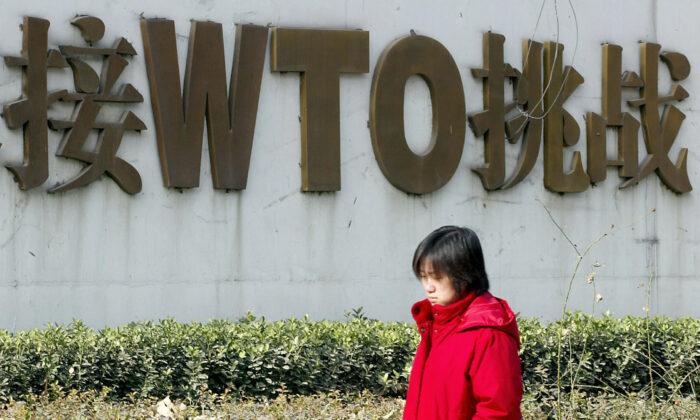Many Asians celebrate Lunar New Year, but Chinese patriots seemingly do not like this name. A Chinese student at Singapore’s Nanyang Technological University found this name on a display board disagreeable, crossed out “Lunar,” and wrote “Chinese” below it. The British Museum and South Korea co-hosted an event to celebrate the Korean Lunar New Year, and some “little pinks (young pro-CCP Chinese)” stormed the Museum’s Facebook page to comment, “Spring Festival (mainland Chinese’s way of saying ‘Lunar New Year’) belongs to China.” Finally, the post was deleted.
The Nationalist Government adopted a policy of cultural transference regarding the new year celebration. It stipulated that all those celebrations for the Lunar New Year, such as ancestral worship, festival gathering, spring banquet, red lantern, and new year couplets, shall be transferred to the Gregorian New Year. The Republic of China (pre-communism) was already a new China in the sense that a new tradition of new year celebrations was firmly founded.
The communist China succeeded many Republic of China’s traditions, sticking to the Gregorian calendar and celebrating its new year is one of them. Hong Kong leftist newspapers illustrate this tradition well in their manner of handling new year advertisements. Traditional Chinese-style lanterns appeared in advertisements for celebrating the Gregorian New Year, whereas those for the “Spring Festival”—a term the communists adopted from the Republic of China—were plain and white, without any traditional symbols. The “New Year’s Day Editorial” of People’s Daily is an important propaganda tool, whereas they never have similar “Spring Festival Editorials.”
Spring Festival celebration with the highest tension took place during the Cultural Revolution, when the motto of “destroying the four olds” was chanted every day, resulting in widespread violence. The “proletarian revolutionary rebels” thus celebrated the Spring Festival by staying at the workplace, answering Mao’s call to “grasp revolution and increase production.” The Spring Festival thus became revolutionary and combatant and used as an opportunity to demonstrate one’s determination to destroy the old world.
The “little pinks” may argue: isn’t the Spring Festival the same as New Year? Not necessarily. Back in the Roman Empire, the winter solstice was celebrated as the new year. As for China, the Lunar New Year is never the only Chinese New Year to be observed in history. Traditionally, China adopted a lunisolar calendar, with 24 solar terms dividing the year into four seasons. Whereas the Zhou Dynasty (1046 BC to 256 BC) had its new year in the eleventh lunar month (December in the Gregorian calendar), the Xia Dynasty (2070 BC to 1600 BC) adopted the solar term “Beginning of Spring”—usually Feb. 4—as the New Year Day. In other words, the Spring Festival, marked by the first day of the first lunar month, is not necessarily the Chinese New Year.
It is quite clear that the Chinese people only have one lawful and politically acceptable New Year—the Gregorian New Year. Comparatively, Lunar New Year is a more precise concept than the Chinese New Year, which has quite some different definitions. Whereas the Lunar New Year has been abolished or celebrated in China in an evasive manner since 1912, it is always embraced passionately by Hongkongers, both in name and in essence, never giving it up for any reason. Therefore, it deserves to call what the “little pinks” call “Chinese New Year” as “Hong Kong New Year.”





